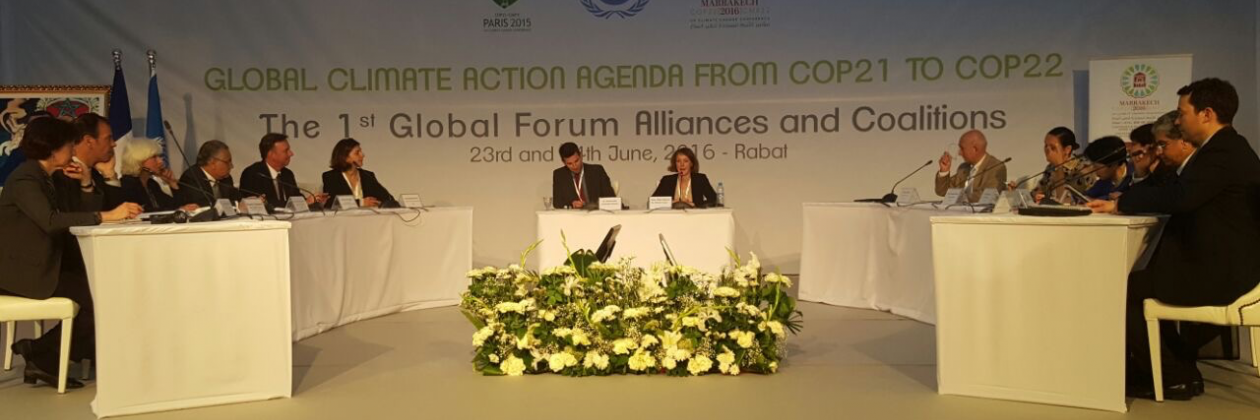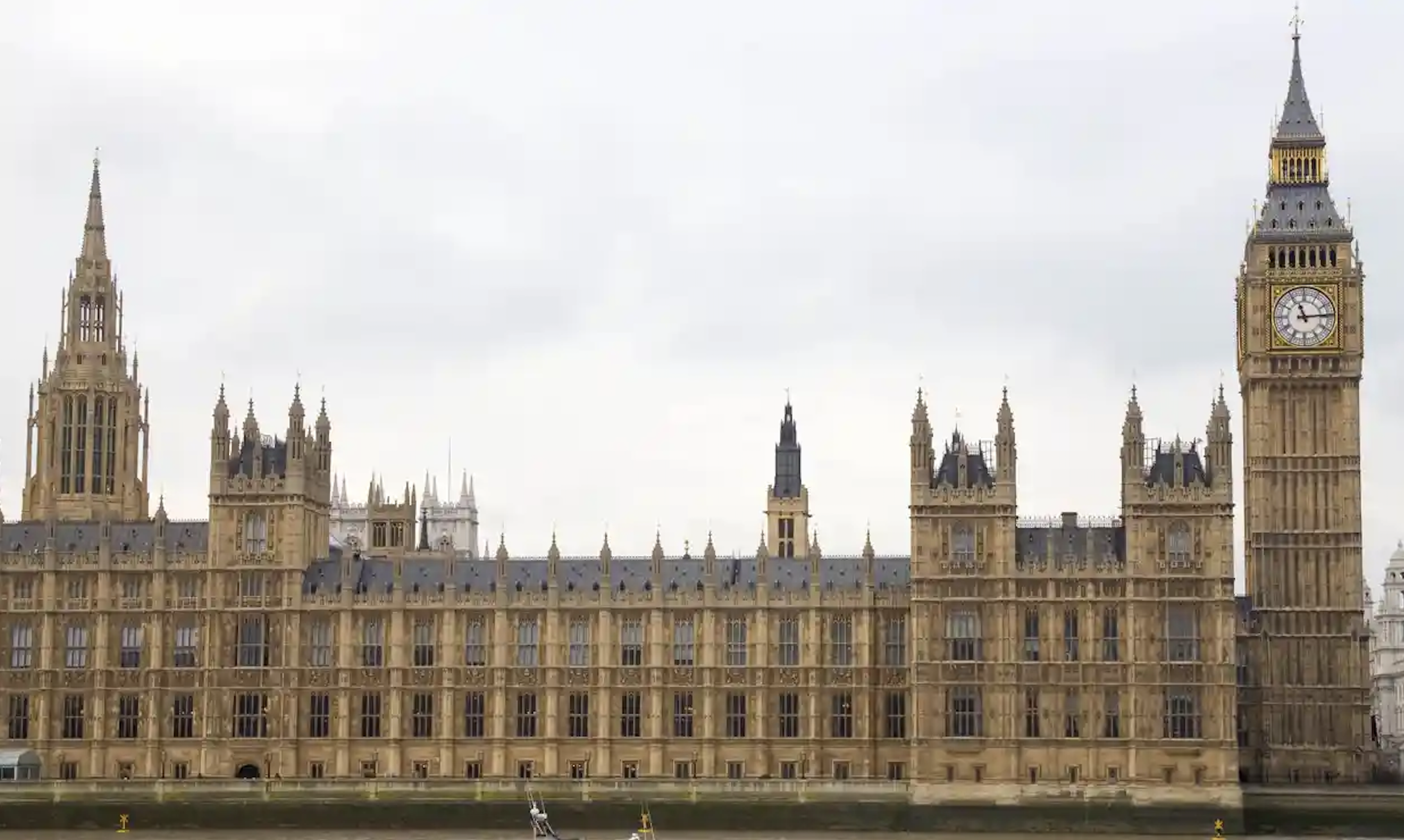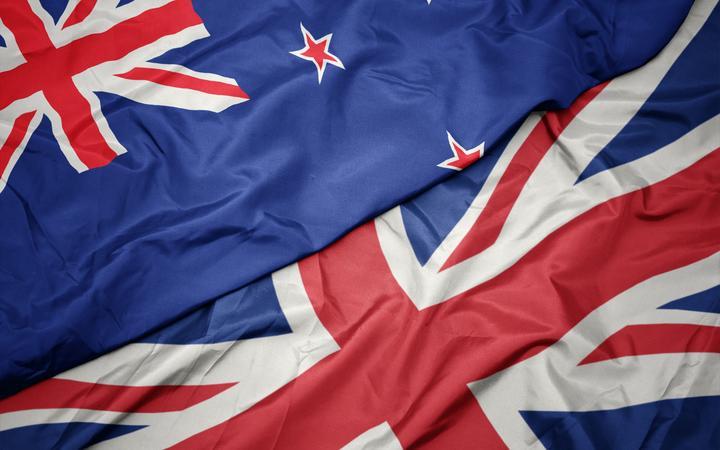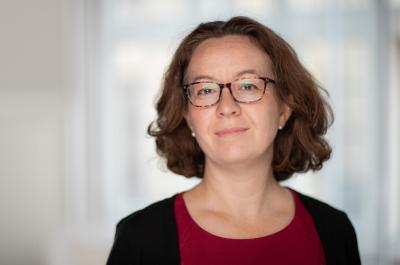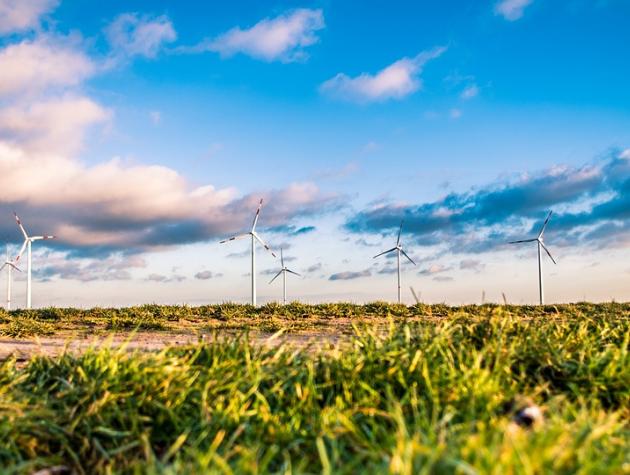Opening the door for bottom up actors to engage in the new climate regime
One of the key innovations of the landmark UN Paris Agreement in December 2015 was to open the door for cities, companies, and other sub- and non-state actors to engage in the intergovernmental climate regime. Studies estimate that such “bottom up” climate actions could eliminate 2.5-4 billion tons of CO2 from the atmosphere by 2030, more than India emits in a year. Incorporating these actions into the international regime is therefore a critical part of the new “catalytic” logic embodied in the Paris Agreement.
To realise this potential, however, the framework for linking the “groundswell” of bottom up action to the international regime needs to be elaborated. How can the UN process best catalyse action by cities, companies, civil society groups, and other, and how, in turn, can these actions best advance national climate policy and international negotiations?
Dr. Thomas Hale has been working to answer these question with the UN and governments, as well as networks of cities, businesses, and others taking climate action, as part of his Galvanising the Groundswell of Climate Actions initiative. He chaired a series of meetings at a special consultation organised in Rabat in June, opening a period of consultation that will culminate in an institutional framework to be agreed at the next UN climate summit, COP22, scheduled for November in Marrakesh. This week Dr. Hale is in New York where a number of further meetings on this topic are being held on the margins of the UN General Assembly meeting.

